Write Us
We are just a call away
[ LET’S TALK AI ]
X
Discover AI-
Powered Solutions
Get ready to explore cutting-edge AI technologies that can transform your workflow!

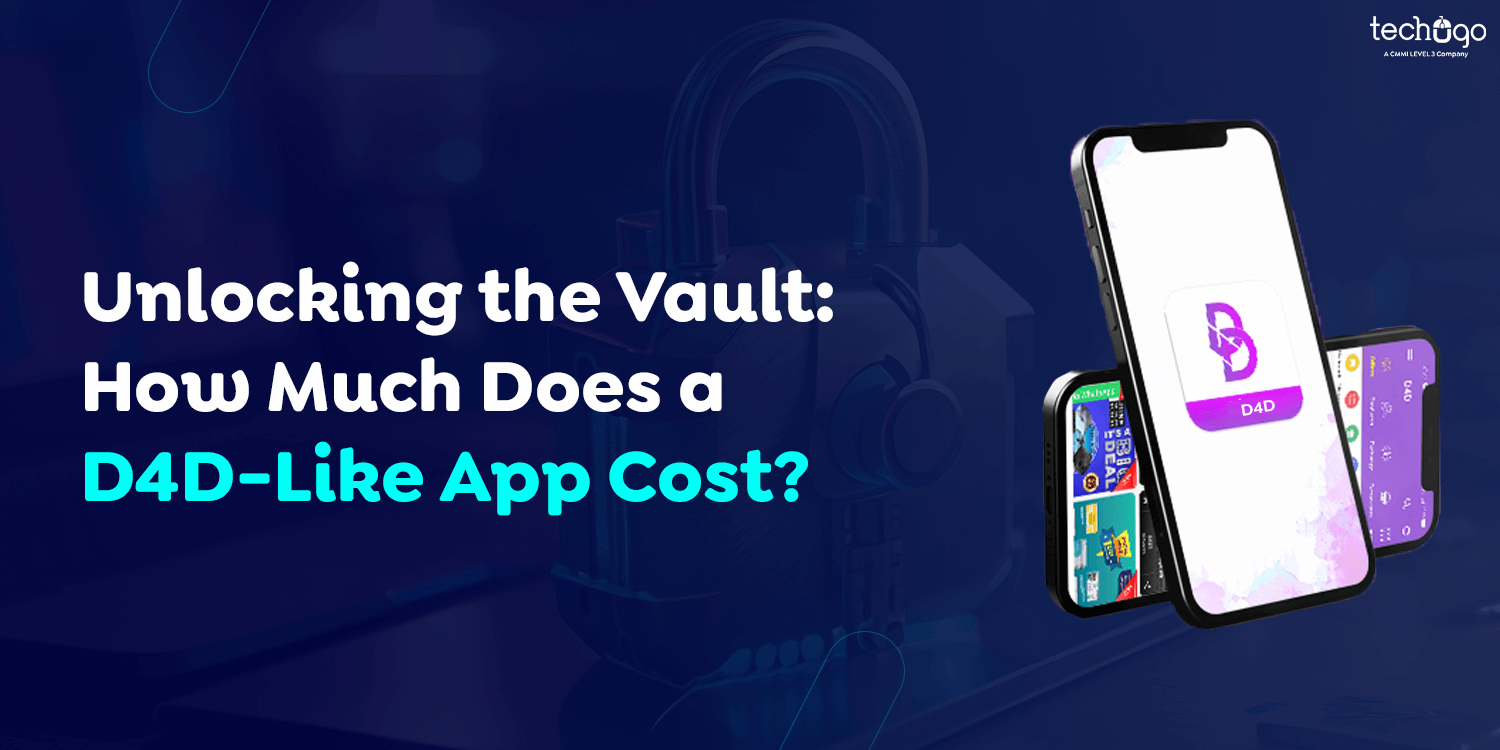
The e-commerce market in the Middle East is growing an appetite to shop online. According to Statista, worldwide online retail sales will reach a volume of $6.3 trillion by 2024, with steady growth underway. In 2023, the generated revenue by e-commerce apps reached $3.88 trillion while downloads and usage have been growing non-stop, states Business of Apps. It, therefore, shows that the e-commerce market is on the rise, with most consumers going in for mobile apps for their shopping requirements.
On its forefront stands D4D Online, the e-commerce app that revolutionised the way people in the Middle East compare deals and shop regionally. The user-friendly platform of D4D allows consumers to make informed decisions and maximise their savings. In short, this app has become the getter of Middle Eastern online shoppers craving convenience, value, and a seamless shopping experience. This surge in demand gives an enviable message to entrepreneurs that there is a golden opportunity to develop an e-commerce app like D4D satisfying regional characteristics. Undoubtedly, the importance of e-commerce mobile app for one’s business cannot be denied! However, we cannot proceed without answering the most important question, how much does e-commerce app development cost like D4D in the UAE?
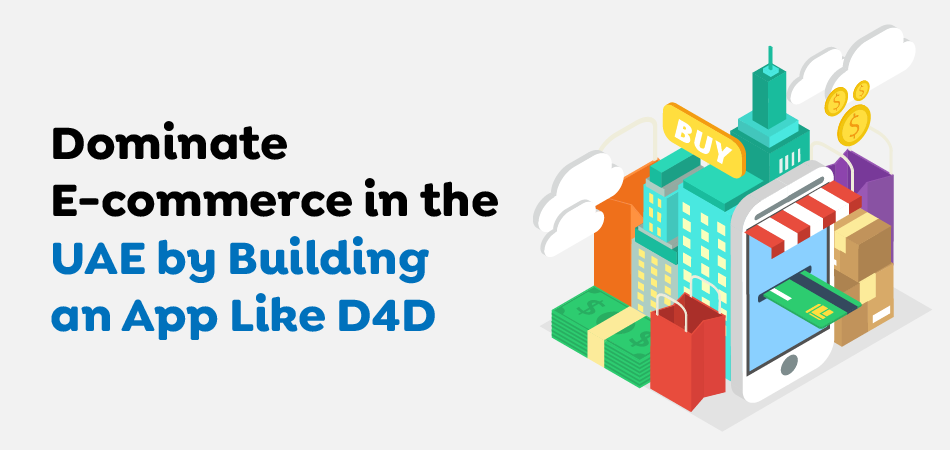
This blog will open up the behind-the-scenes of developing an e-commerce app like D4D. So, let’s break down the key drivers of the final price tag and equip you with knowledge that enables you to make informed decisions for your e-commerce venture.
The Middle Eastern e-commerce landscape is teeming with possibilities. Thus, building an e-commerce app like D4D could be your key to unlocking success. But before diving headfirst into development, understanding the cost factors is crucial. One of the biggest influences on your app’s price tag is its complexity. Let’s go through the basic, medium, and complex e-commerce apps, exploring their features. The features are what impact the development time and ultimately, the cost to build a mobile app in UAE.
Imagine your e-commerce app like D4D as a building. A basic app lays the foundation, a medium app adds essential floors and amenities, while a complex app becomes a multi-functional skyscraper. Let’s explore what features define each level:
Also Read : Forging an App Like Haraj: Insights into Mobile App Development in Saudi Arabia and Beyond
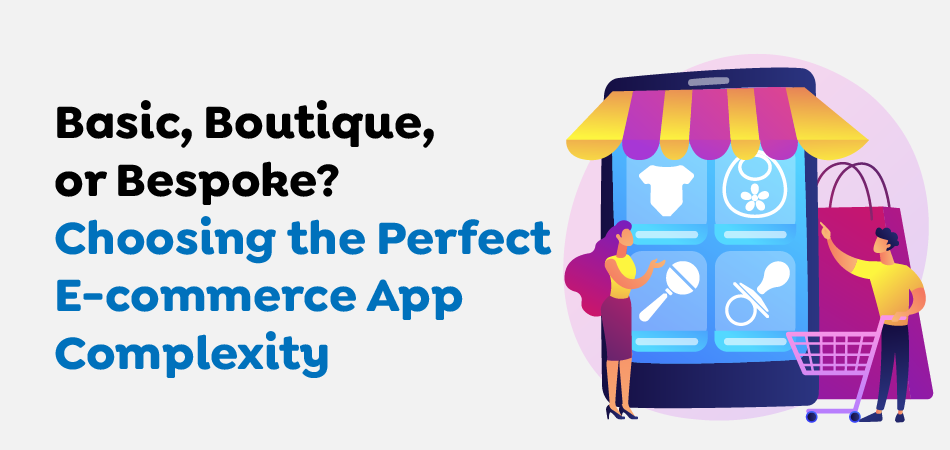
The development time is relatively low. Basic apps involve building core functionalities that can be achieved with pre-built templates and modules. Therefore, this is the most budget-friendly option. Development is quicker, requiring less coding and customization.
For apps with more functionalities than basic apps, the development time is moderately higher. User accounts, order tracking, and additional payment options require more complex coding and backend development. Thus, expect an increase compared to basic apps. The additional features necessitate more development resources.
Here, the development time is significantly higher. Complex apps require extensive planning, custom coding, API integrations, and robust backend infrastructure. This is the most expensive option. The sheer number of features translates to a longer development timeline and more developer resources needed.
Development time increases linearly with the complexity of your app. With every new feature, another layer is added to the architecture, be it the code, testing, and integration efforts. As you may have guessed by now, this directly correlates to a higher cost. Remember, it’s not only the coding you are paying for, but the development expertise to bring your vision to life.
An important point to bear is that at the early stages of development, it is very critical to clearly define what the core functionalities of the app are. It might start with the identification of essential features for a seamless user experience with no fluff attached. Take your time, and as the app gradually attracts users, return to include more elaborate features in future iterations, thus keeping your development budget lean.
Also Read : Mastering eCommerce Success: The Comprehensive Guide to Developing an E-commerce App Like Adidas
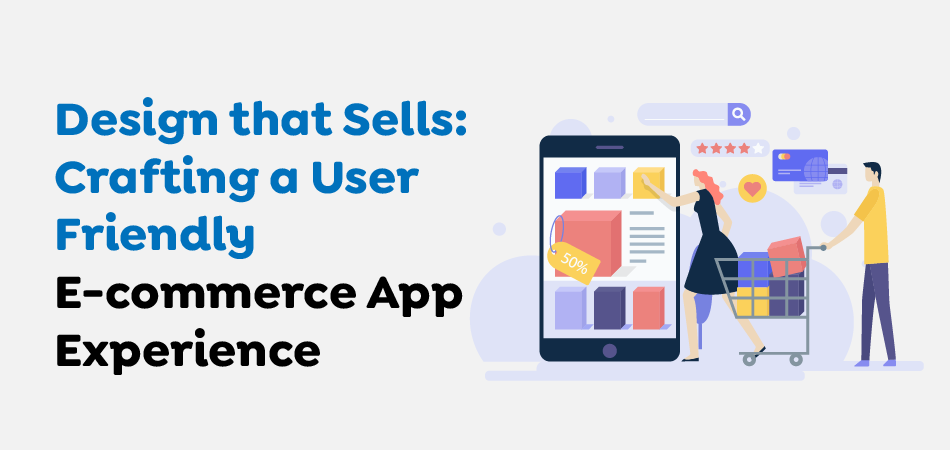
How about walking into a cluttered store with confusing signs? That is how a badly designed app makes one feel. A smooth, intuitive experience that guides users effortlessly from product discovery to checkout and post-purchase actions is what makes the app desirable. UX and UI are what give your app a presentable structure. A skilled UI/UX team will design an interface that is beautiful to look at and easy to use. Here’s how design complexity impacts on development costs:
While a higher design complexity might seem expensive upfront, remember that a well-designed app can significantly improve user engagement, conversion rates, and ultimately, your bottom line. Here’s why:
Also Read : Boom the Businesses With Wholesale Marketplace App Like BlueCart

Finding the right development team is crucial for the success of your app. A competent team typically comprises:
Partnering with a mobile app development company in Qatar can have numerous benefits. They understand the pulse of the audience of the region and design the app accordingly. One major role is played by communication. A team operating within the Middle East can ensure that clear communications at all stages of development reduce any kind of misconceptions. The pool of talented mobile app developers, designers, project managers and QA engineers is also on the rise in the Middle East, boosting high-tech app development.
While a good-looking app is desirable, consider functionality over and above all else. The development partner will discuss with you the possibilities of design. Remember, it’s all about balance between aesthetics and budget constraints. An app is well-designed, if not too expensive, by solving its purpose perfectly and being user-centric.
Also Read : What’s the cost to develop an app Like Emirates Auction?
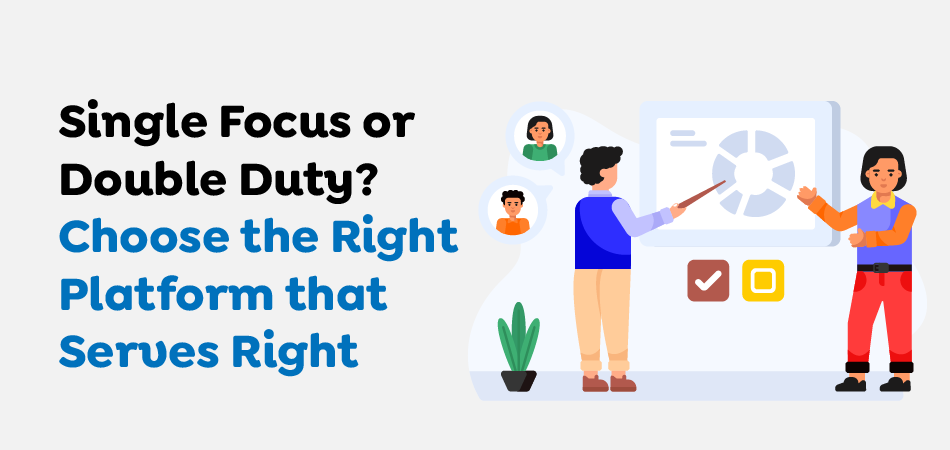
With your primary functionalities and design language described, it’s time to settle on which platform(s) you want to develop. But before that, knowing the process of development is very important. The following illustrates a split of single-platform versus cross-platform development, including the implications of cost to develop a mobile app:
Native apps can provide platform-specific and much better user experience, but the development comes at a cost. Cross-platform development is easier on the wallet but perhaps puts performance in second place. If money is the key issue for you, then cross-platform apps are more appropriate. You can target more audiences initially and increase the business with native apps later. Meanwhile, if your app will mostly resonate with users because of its seamlessness and rich feature set, then you should go for native apps for both iOS and Android, even if that means a more expensive solution.
Selecting the right platform for the target audience should be one of the biggest concerns as much as budget and user experience goals. Discuss these with your development partner, and it will help you make a decision optimised for cost and user engagement.
The journey doesn’t end with your app launch! Just like a car, your e-commerce app requires ongoing maintenance to ensure smooth operation, address user concerns, and keep pace with the evolving technological landscape. Here’s why factoring in maintenance costs is crucial:
Ownership of an app must come with the support of its ongoing maintenance. Apply a strategic approach to ensure the app’s long-term success.
Also Read : Why is mobile app maintenance crucial for your mobile strategy?
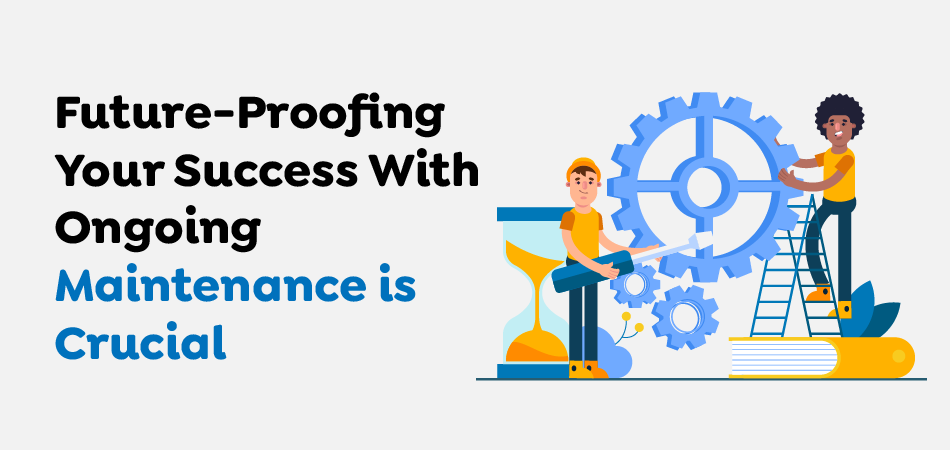
The making of a great app is only halfway to achieving your dream! With so many apps in the stores, it does require a clear marketing strategy that will enable the app to reach the targeted audience. It means generating buzz for your app in several ways, including social media, influencer outreach and paid advertising campaigns. These costs range based on strategies used and the size of the audience targeted.
ASO is the process of increasing the visibility of an app in App Stores in search results, such as Apple App Store and Google Play Store. This includes a compelling app title and app description with relevant keywords and acquiring positive app reviews from users. However, ASO requires endless efforts and proper optimization can indeed boost the organic download of your app without spending a single penny on advertising fees. Think of app stores as large crowded markets where. Unless you do proper e-commerce marketing and ASO, your app will simply get lost in endless lists of competitors. A good investment will allow users to find your app, hence, it will drive downloads and conversions.
Based on elaborated factors one can guess a minimal cost to build an e-commerce like D4D would be around 50k USD. This, with further modifications and higher functionality expectations, will raise the cost.
Also Read : Cost to Build a Real Estate App in UAE: Discover the Price Point of Innovation!
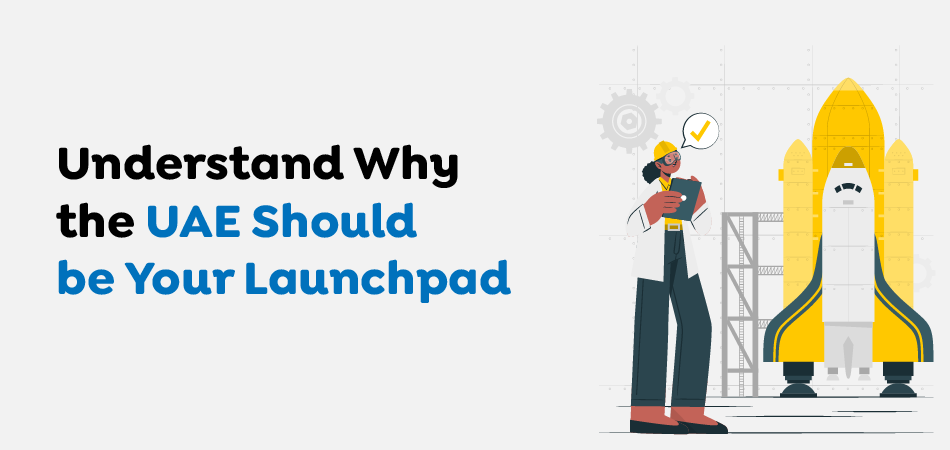
The UAE is a regional hub of innovation and technology, setting a strong base where entrepreneurs could develop their next successful e-commerce app like D4D. Here’s why partnering with a reputable mobile app development company in UAE can help gain a strategic advantage:
Teams located in the UAE clearly understand local e-commerce behaviours and consumer preferences. They know everything about the demand for cash-on-delivery services, the increasing impact of social commerce, and the need to accommodate a multilingual customer base. That will help in developing apps that engage with the locals properly and encourage active participation.
Effective communication means it’s the principal driving force behind a successful development process. You can reduce different problems related to time zones and cultural differences by collaborating with a mobile app development company in Saudi Arabia, paving your way toward guaranteeing effective and smooth communication throughout all phases of your project. This would then impart a way to quicker project turnarounds and a development process that is more streamlined and efficient.
The UAE is home to one of the fastest-growing tech industries in existence. It has a huge community of mobile app developers, UI/UX designers, project managers and QA engineers who would know how to develop a powerful e-commerce platform. Also, they can adapt to large traffic and complex features, ensuring that what you spend comes back to you with profits.
The ideal development partner depends on your specific needs and budget. While the Middle East offers a compelling package of regional expertise, efficient communication, and a skilled developer pool, exploring neighbouring countries can provide a potentially cost-effective alternative. For instance, partnering with a skilled mobile app development company in Dubai can let you explore the top-rated mobile app development expertise moulded with the benefits of integrating the latest technologies.
Also Read : How to Build a Video Chat App Like Mirami: Development Phases, Key Features, and Costs
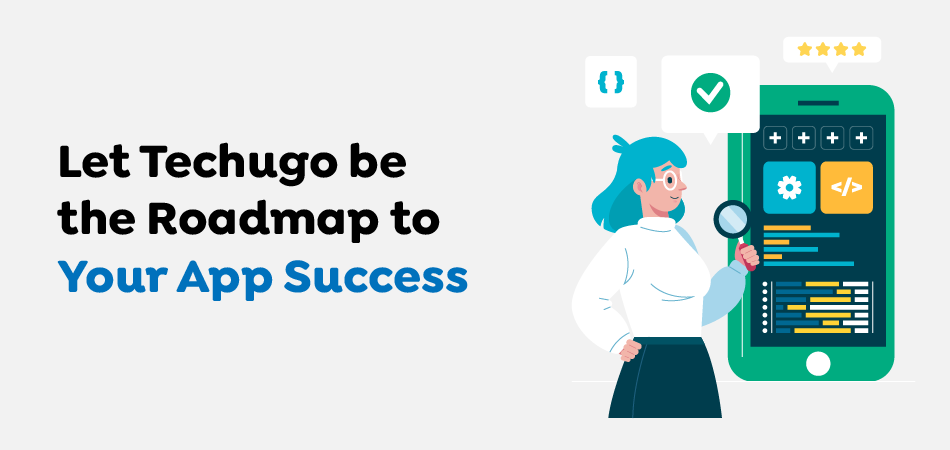
Knowing what affects the cost of developing an app empowers you to make the right decisions for your D4D-inspired e-commerce app. After all, this is just the starting point for your e-commerce app idea. Further research in a personalised way shall help your idea attain new heights.
Successful e-commerce app D4D is way beyond coding. This is indicative of where Techugo, a top mobile app development company in UAE can become your strategic partner. Techugo has a record for developing e-commerce apps that helped businesses thrive in the Middle East region. Their team can render meaning to your idea with a context-based and user-centred app that strikes engagement and conversion. They believe in iterative development with constant communication and adjustment in the process. This allows for adapting to changing market needs or user feedback, thereby maximising your app’s potential. Techugo does not develop an app but builds a business. Its team will ensure working out clear targets along with setting KPIs so that your app is sure to be successful about ROI.
The road to building a successful e-commerce app like D4D might seem overwhelming, but doesn’t have to be. Techugo is always there to guide you step by step. Get in touch with them to share your idea for the app, and development options, and get a customised cost estimate based on your requirements. Let not your e-commerce dream be just a dream. Let Techugo unlock the potential of your app, which will mark the first footprints of a strong online presence by leveraging the booming Middle East market.
Write Us
sales@techugo.comOr fill this form